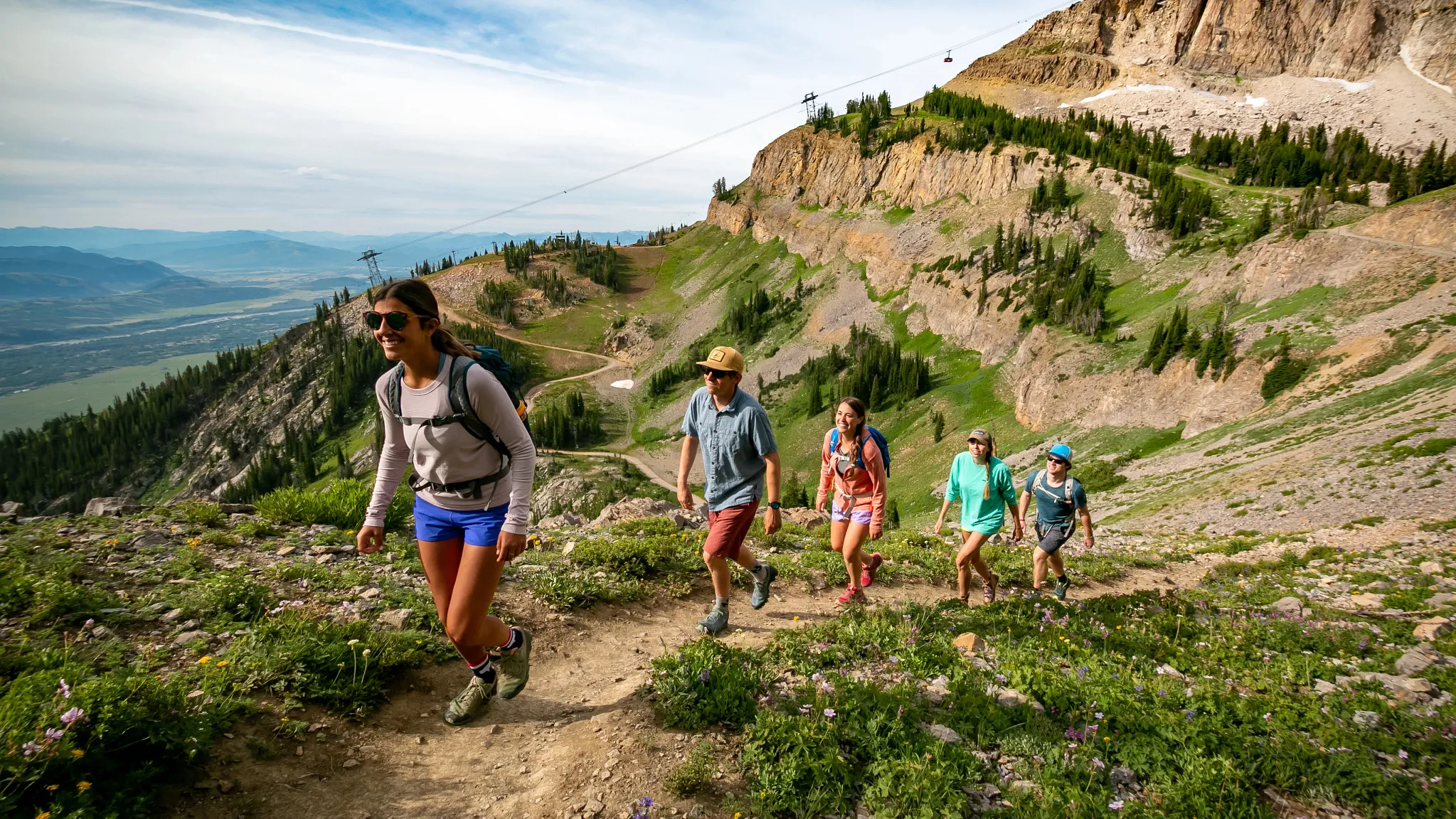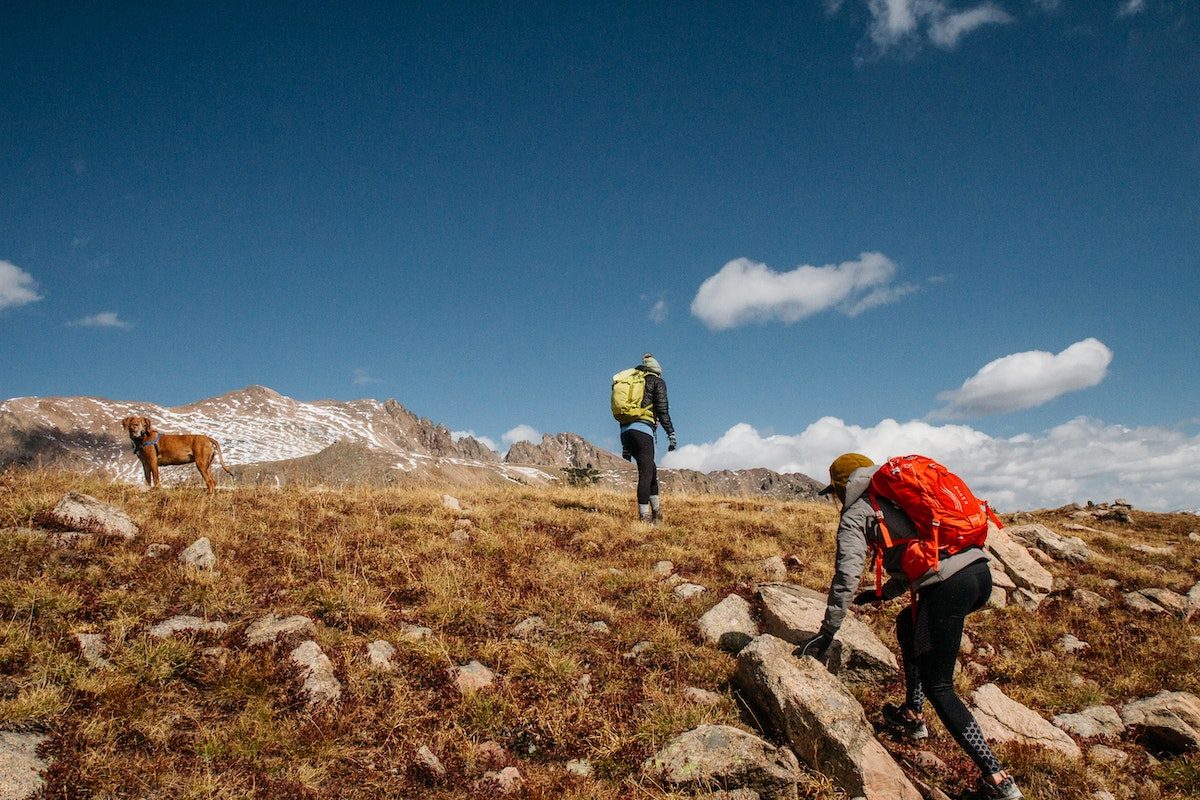I. Introduction

A. The popularity and benefits of hiking
Hiking is a popular outdoor activity enjoyed by people of all ages and fitness levels. It offers numerous benefits, including physical fitness, mental well-being, and the opportunity to connect with nature. Hiking allows individuals to explore scenic trails, breathe fresh air, and immerse themselves in natural surroundings.
B. Importance of being well-prepared and informed before hitting the trail
While hiking can be a rewarding experience, it is crucial to be well-prepared and informed before venturing out on the trail. This includes researching and selecting the right trail, checking weather conditions, and ensuring you have the necessary gear and equipment. Being prepared ensures your safety, enhances your enjoyment, and minimizes the risk of potential mishaps.
II. Preparing for the Hike
A. Researching and selecting the right trail
- Evaluating difficulty level and terrain
Before embarking on a hike, it is important to research and choose a trail that matches your fitness level and experience. Consider the difficulty level and terrain, such as steep inclines, rocky paths, or uneven surfaces. Beginners may opt for easier trails, while more experienced hikers can challenge themselves with more strenuous routes.
- Considering distance and estimated time
Take into account the distance of the trail and estimate the time it will take to complete. This will help you plan your day and ensure you have enough time to complete the hike without feeling rushed. It is crucial to allow for breaks, rest, and time to enjoy the scenery along the way.
B. Checking weather conditions and planning accordingly
- Importance of knowing the weather forecast
Before heading out on a hike, check the weather forecast for the day. This will help you determine if the conditions are suitable for hiking and if there are any potential weather risks such as thunderstorms or extreme heat. Being aware of the weather will allow you to make informed decisions regarding your hike and ensure your safety.
- Packing appropriate clothing and gear
Based on the weather forecast, pack appropriate clothing and gear. Layering is important as it allows you to adjust your clothing according to changing weather conditions. Choose moisture-wicking materials that will keep you comfortable and dry throughout the hike. Additionally, pack rain gear, sunscreen, a hat, and sunglasses to protect yourself from the sun or unexpected rainfall.
III. Essential Gear and Equipment

A. Footwear and socks
- Selecting sturdy and comfortable hiking shoes or boots
Invest in a good pair of sturdy and comfortable hiking shoes or boots. The footwear should provide ample ankle support, be waterproof or water-resistant, and have a good grip to prevent slipping. Break in your shoes before the hike to avoid blisters or discomfort.
- Using moisture-wicking socks to prevent blisters
Wearing moisture-wicking socks is essential to prevent blisters and keep your feet dry. Avoid cotton socks, as they retain moisture and can cause friction. Opt for synthetic or wool-blend socks that keep your feet cool, dry, and blister-free throughout the hike.
B. Backpack and essentials

- Choosing a proper backpack and organizing gear efficiently
Select a backpack that is appropriate for the length of your hike and has enough capacity to carry all your essentials. A backpack with multiple compartments can help you organize your gear efficiently. Distribute the weight evenly to maintain balance and reduce strain on your back. Adjust the straps to ensure a comfortable fit.
- Packing essentials such as water, food, first aid kit, and navigation tools
Pack essentials such as an adequate supply of water, lightweight and nutritious snacks or meals, a first aid kit, and navigation tools. Carry a water bottle or hydration bladder to stay hydrated throughout the hike. High-energy snacks such as nuts, granola bars, or trail mix will provide sustained energy. A well-stocked first aid kit should include bandages, antiseptic ointment, pain relievers, and any personal medications. Additionally, carry a map, compass, or GPS device to navigate the trail accurately.
IV. Hiking Safety Practices
- Reading trail maps and using a compass or GPS device
One of the essential hiking safety practices is having the ability to navigate and be aware of your surroundings on the trail. Before setting off on a hike, it is important to familiarize yourself with the trail map and understand the route you will be taking. This will help you anticipate any potential challenges or difficult terrain. Additionally, carrying a compass or a GPS device can greatly assist in navigation, especially in areas with limited visibility or complex trail systems.
- Staying on marked trails and being aware of surroundings
To ensure your safety while hiking, it is crucial to stay on marked trails. Straying off trails can lead to getting lost or encountering hazards such as unstable terrain or dangerous wildlife. Keep an eye out for trail markers, signs, or blazes to stay on the right path. It is also essential to constantly be aware of your surroundings, paying attention to any landmarks, natural features, or changes in the environment, which can help with navigation and prevent you from getting disoriented.
B. Hydration and nutrition

- Importance of staying hydrated and carrying an adequate water supply
Hydration is key to hiking safety, especially in outdoor environments where physical exertion and high temperatures can lead to increased fluid loss. It is vital to stay hydrated before, during, and after your hike. Carry an adequate supply of water and drink regularly, even if you don’t feel thirsty. A good rule of thumb is to consume at least half a liter of water per hour of hiking, but this amount may vary depending on factors such as weather conditions, intensity of the hike, and personal hydration needs.
- Packing nutritious snacks and meals for sustained energy
Proper nutrition plays a crucial role in maintaining energy levels during a hike. Pack nutritious snacks and meals that provide a balance of carbohydrates, proteins, and fats to sustain you throughout the hike. Energy bars, trail mix, fruits, and sandwiches are some examples of portable and nutritionally dense options. Avoid relying solely on sugary snacks or foods high in sodium, as they can lead to energy crashes or dehydration.
In conclusion, practicing hiking safety is essential to ensure an enjoyable and hazard-free outdoor experience. By prioritizing navigation and trail awareness, staying hydrated and properly nourished, following Leave No Trace principles, and being prepared for wildlife encounters, hikers can minimize risks and make the most of their time in nature. Remember that safety should always be a top priority when embarking on a hiking adventure, and taking the necessary precautions will lead to a safer and more enjoyable experience for all.

